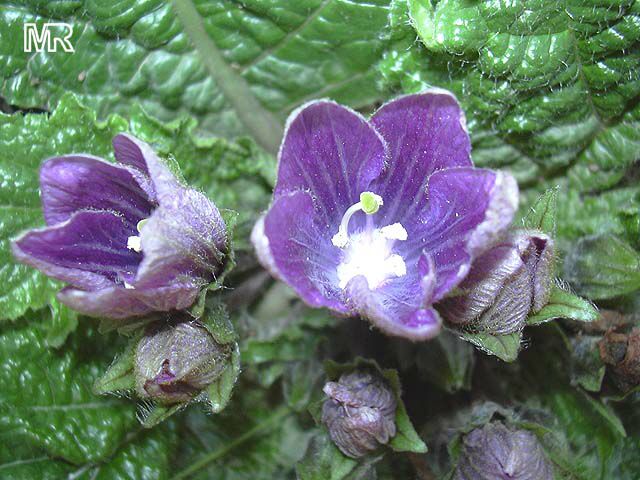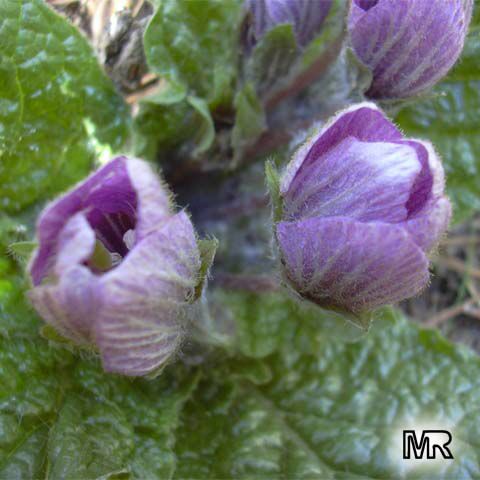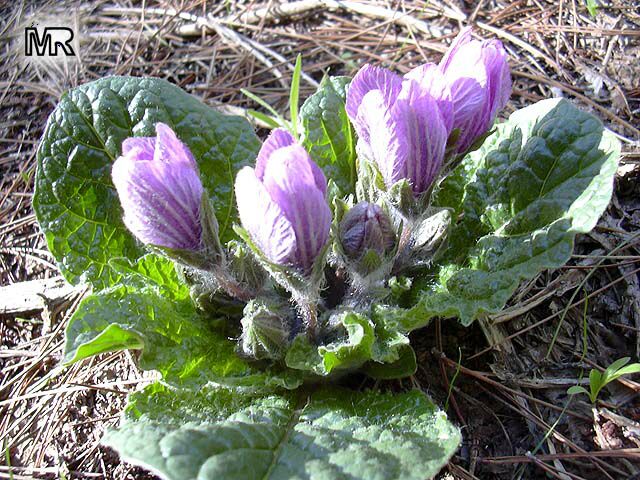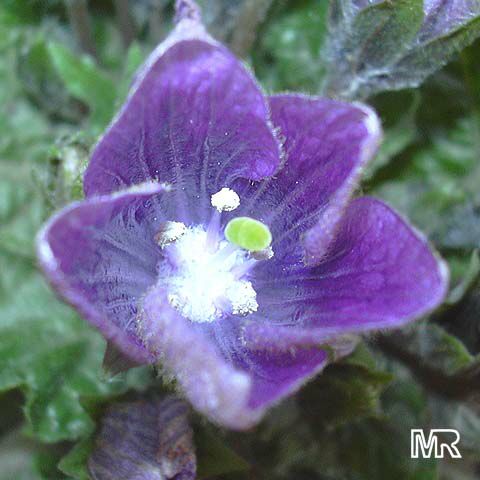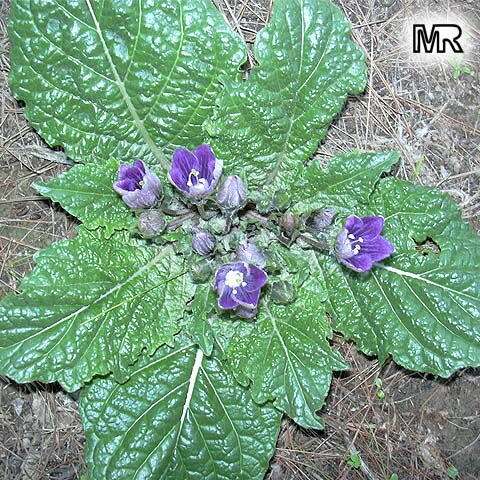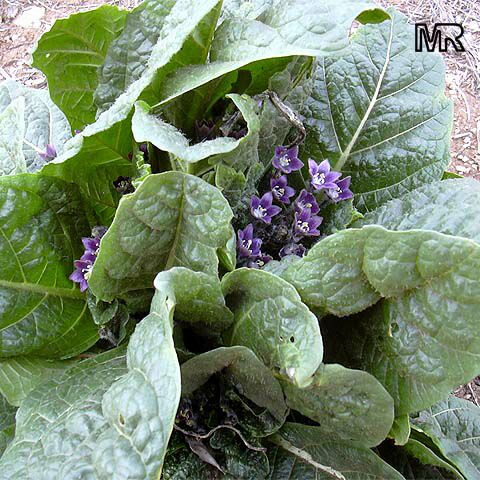Mandragora autumnalis (Mandrake)
Top Tropicals Plant Encyclopedia
Botanical name: Mandragora autumnalis
Common names: Mandrake, Autumn mandrake, Devils Candle
Family: Solanaceae
Origin: Southern Europe









Mandrake (Mandragora autumnalis) is a small plant with long, bright green, oval-shaped leaves that can grow 2-5 ft in height. It is native to Southern Europe and can be grown in USDA Zone 6-10. The plant prefers full sun but can tolerate semi-shade, and needs moderate water. It produces clusters of blue, lavender, and purple flowers during spring and summer.
Mandragora autumnalis is a perennial herb with thick tuberous roots. It is also known as "Devil's Candle" due to a legend that its flowers shine at night. Even on a cloudy day, the centers of flowers stand out and "shine" due to their special reflector properties. In early times, mandrake had magical properties ascribed to it because the roots sometimes have human-like form.
If the plants become too dry, they will exhibit summer dormancy. Mandrake can also be grown in cold regions in pots. The plant should be placed in a sunny spot and only watered when the soil is dry. In the winter, the plant should be moved to a cooler spot and watered less frequently, especially if the temperatures are below freezing. If the soil freezes, it may be necessary to move the pot inside or mulch the soil with organic material.
Mandrake is well known as an ethnomedical plant with magical properties ascribed to it. Its active alkaloid hyoscymine is used as a preoperative anesthetic and as a remedy for motion sickness. All parts of the plant are poisonous , and all its parts may cause skin irritation or allergic reactions if handled. Thus, it should always be handled with utmost caution.
